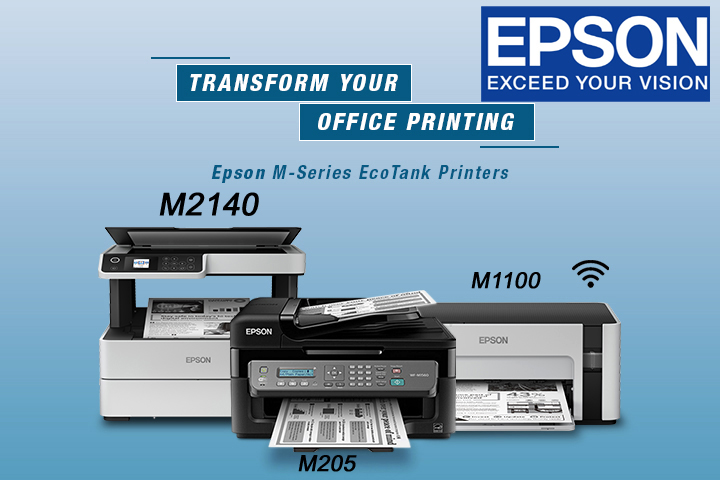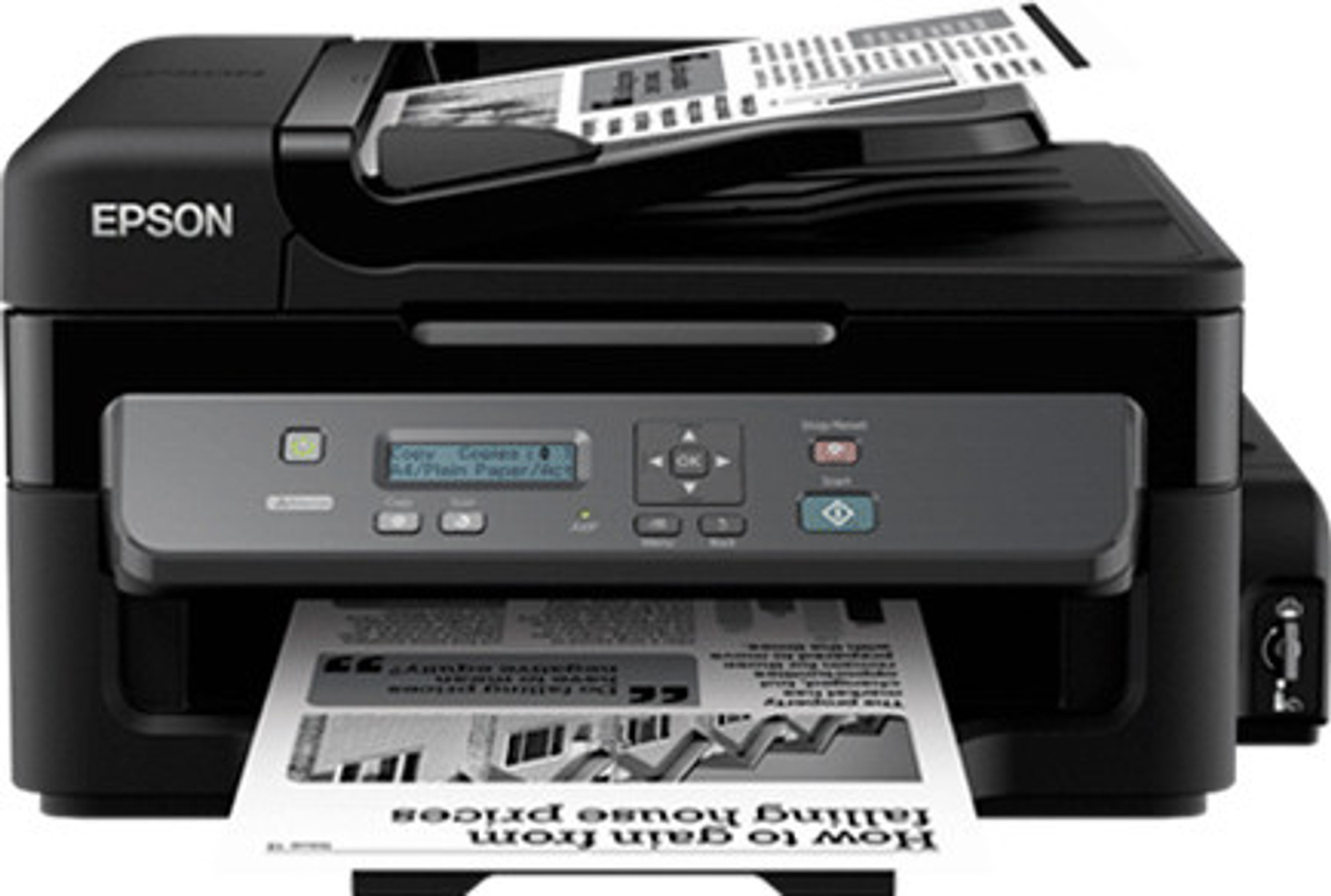Epson M Series Printer Price In India

The Indian printing market is witnessing a significant shift as Epson has recently adjusted the prices of its M-Series monochrome inkjet printers. This decision impacts a wide range of consumers, from home users to small businesses, who rely on these printers for their cost-effectiveness and efficiency.
The price adjustments on Epson's M-Series printers are a multifaceted issue driven by fluctuating manufacturing costs, supply chain disruptions, and evolving market dynamics. This article delves into the specifics of these price changes, analyzing their potential implications for consumers and the competitive landscape of the Indian printer market. We will also explore alternative perspectives and future trends in monochrome printing solutions.
The Price Revision: Details and Rationale
Epson India announced the revised pricing structure for its M-Series printers in late October. The price changes affect several models within the series, with increases ranging from 5% to 12% depending on the specific model and its features.
According to an official statement from Epson India, the primary reason for the price hike is the escalating cost of raw materials and components used in printer manufacturing. The global semiconductor shortage and increased shipping expenses have further compounded these challenges, forcing Epson to adjust its pricing to maintain profitability.
“The current global economic climate has presented unprecedented challenges to the manufacturing sector,” stated [Hypothetical Name: Rajesh Kumar], Head of Sales at Epson India. “We have absorbed cost increases wherever possible, but these adjustments are necessary to ensure the continued availability and quality of our M-Series printers.”
Impact on Consumers and Businesses
The price increases will likely affect budget-conscious consumers and small businesses that prioritize cost-effective printing solutions. The Epson M-Series is particularly popular among users with high-volume black and white printing needs, such as document printing and report generation.
For small business owners, even a small price increase can impact their operating costs, especially those operating on tight margins. Some may explore alternative brands or consider purchasing used printers to mitigate the increased expense.
Home users who rely on these printers for occasional printing may be less affected. However, for students and individuals with frequent printing needs, the price hike could influence their purchasing decisions.
Competitive Landscape and Alternative Solutions
Epson's price adjustment has created an opportunity for competitor brands in the monochrome printer segment. Brands like HP and Brother may be able to attract price-sensitive customers with their own offerings.
The increased adoption of cloud-based document management and digital workflows is also a factor that could influence printer demand. As more businesses transition to paperless environments, the need for physical printing decreases, potentially mitigating the impact of printer price hikes.
Some consumers may explore alternative printing solutions, such as using print shops or shared office spaces with printing facilities. These options may be more cost-effective for users with infrequent or low-volume printing needs.
Future Trends and Market Outlook
The future of the monochrome printer market in India will likely be shaped by several factors, including technological advancements, evolving consumer preferences, and macroeconomic trends. While the current price increases may present short-term challenges, the long-term outlook remains positive, driven by the continued demand for cost-effective printing solutions.
Epson and other printer manufacturers are investing in research and development to improve printer efficiency, reduce printing costs, and enhance the user experience. These innovations could help offset the impact of rising manufacturing costs and maintain the competitiveness of monochrome printers.
The increasing adoption of sustainable printing practices is another trend that could influence the market. Consumers are becoming more aware of the environmental impact of printing, and manufacturers are responding by developing eco-friendly printers and offering recycling programs. Ultimately, the key to navigating this changing landscape will be adaptability and a focus on providing value to the end-user.


















